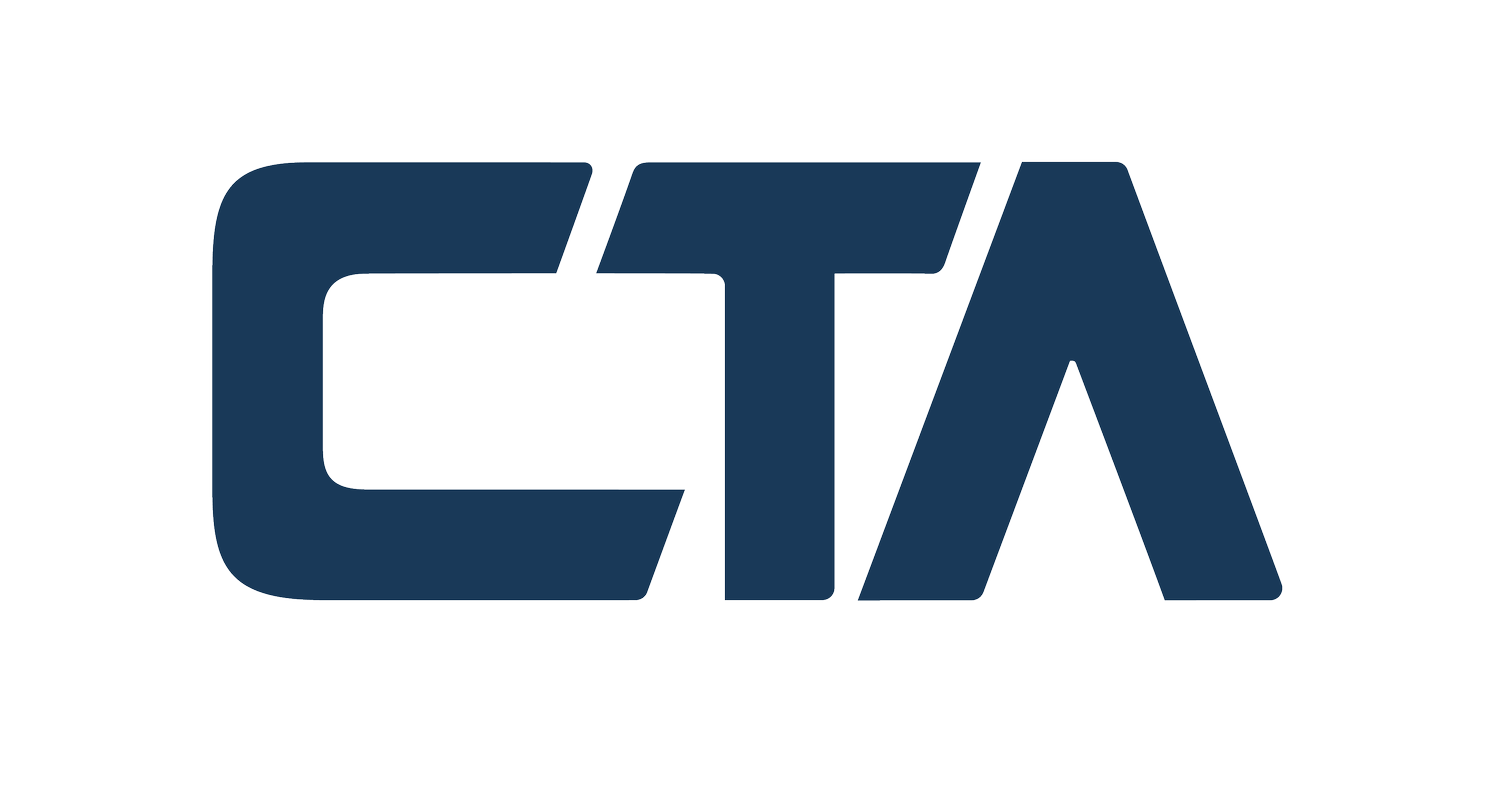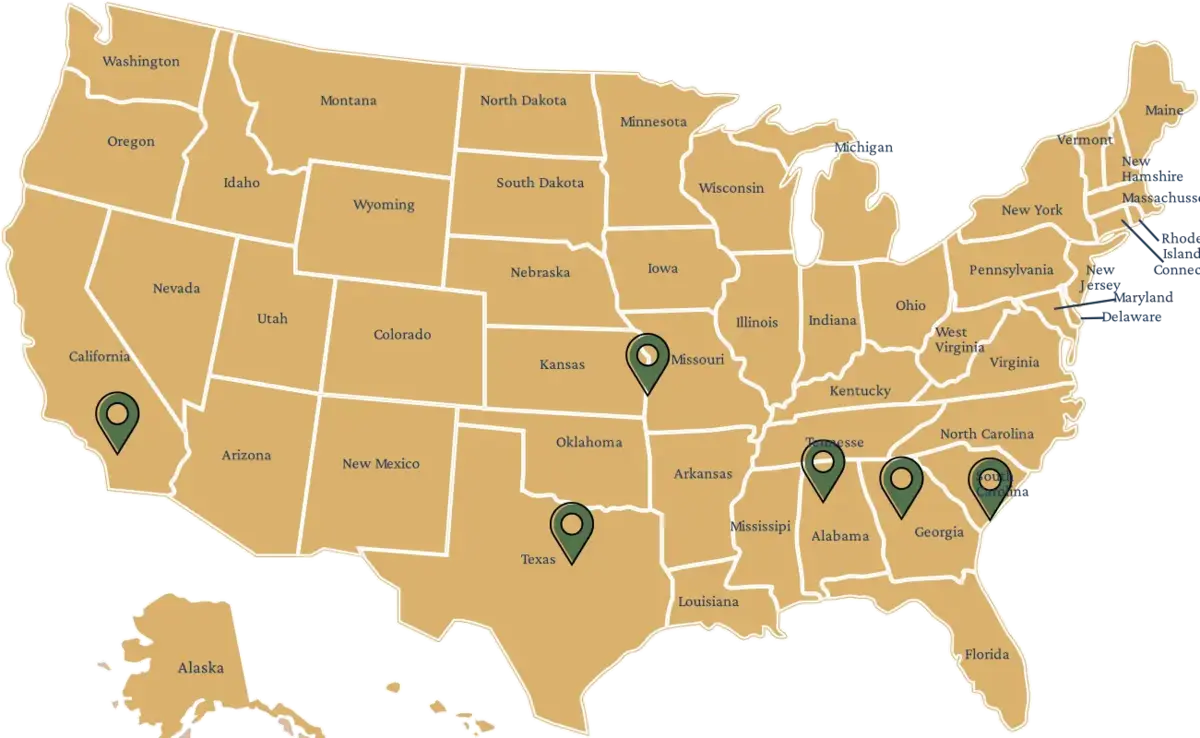In today’s era of rapid innovation and technological advancements, businesses are constantly striving to evolve, improve and offer new solutions. A crucial part of this process is Research and Development (R&D). Recognizing its importance, many countries offer incentives in the form of R&D tax credits. This article will delve deep into the R&D tax credit examples, exploring its relevance, who qualifies, its benefits, and more.
Understanding the R&D Tax Credit
At its core, the R&D tax credit is a government incentive designed to promote innovation and research by businesses within the country. This credit allows businesses to receive benefits for the money they spend on qualifying R&D activities, which can be in the form of a reduction in tax liabilities or even potential refunds. The goal is to encourage companies to invest in research and development, paving the way for technological advancement and economic growth.
Who Qualifies for the R&D Tax Credit for 2022?
The criteria for qualification can vary by country and over time. As of 2022:
Business Size & Age: Some countries may target this incentive towards SMEs (Small and Medium-sized Enterprises) while others might have it open for all sizes. In some instances, newer businesses might get preferential treatment.
Nature of Activities: The R&D activities need to be technological in nature, aiming to create a new or improved product, process, or software. It’s essential that there’s some uncertainty at the project’s start, meaning the solution isn’t obvious to professionals in the field.
Substantiation: Companies must have documentation to prove that the activities they are claiming for truly qualify as R&D. This can include project records, technical diagrams, or prototypes.
Operational Zone: Often, the R&D activities must be conducted within the country offering the credit to qualify.
What Are the Benefits of the R&D Tax Credit?
Financial Relief: One of the most significant benefits is the immediate financial relief companies get, reducing their tax liability.
Increased Competitiveness: By reducing the effective cost of R&D, companies can invest more in innovation, allowing them to stay competitive.
Job Creation: Companies can hire more professionals for their R&D departments, leading to job creation.
Attracting Investment: A strong R&D position can make companies more attractive to investors.
R&D Tax Credit Example 1: Software Development
Advanced AI System for Weather Prediction
In our technologically-driven era, AI has taken center stage in redefining many industries, including meteorology. Consider a software development company determined to refine the predictability of weather patterns. This is no small endeavor; weather systems are complex, and predicting them accurately involves sifting through vast datasets and making sense of them in real-time.
Costs Involved:

Human Resources: Software engineers, data scientists, and AI specialists are required to conceptualize, design, and implement the system.
Infrastructure: Renting or purchasing powerful servers and utilizing cloud resources to handle vast data sets and run advanced algorithms.
Software Licenses: Acquiring licenses for specialized software and platforms needed for AI modeling and computation.
Testing: Implementing and refining the AI’s predictive capabilities, which involves running multiple simulations and possibly collaborating with meteorological institutions for data.
Challenges: A significant barrier is the ‘uncertainty’ in outcomes. Unlike traditional software development, where outcomes are predictable, training an AI to predict weather patterns involves navigating through the uncertain terrain of algorithm adjustments, data anomalies, and iterative refinements.
R&D Tax Credit Example 2: Pharmaceutical Research
The Quest for a Groundbreaking Drug
The pharmaceutical world is one of relentless research and experimentation. A new drug to combat a global health threat symbolizes hope for millions. However, the path to discovering and finalizing such a drug is fraught with challenges and uncertainties.
Costs Involved:

Research: Setting up labs, procuring high-grade equipment, and accessing specialized research databases.
Salaries: Compensation for a diverse team of biochemists, clinical researchers, lab technicians, and more.
Clinical Trials: Extensive phases of testing the drug on varied groups, analyzing side effects, and refining the drug.
Regulatory Compliance: Navigating the regulatory landscape, ensuring the drug is compliant with health standards, and securing necessary approvals.
Challenges: The primary challenge is the uncertainty regarding the drug’s efficacy. Many drugs don’t make it past the clinical trial phase due to unforeseen side effects or insufficient effectiveness.
R&D Tax Credit Example 3: Advanced Manufacturing
Incorporating Robotics in Assembly Lines
As industries evolve, so do their manufacturing processes. A company looking to bring in robotics to its assembly line aims for heightened efficiency, precision, and scalability. However, such an overhaul isn’t just about buying robots—it’s about integrating them seamlessly into existing processes.
Costs Involved:

Procurement: Investing in advanced robotics and automation systems.
Training: Programs for existing employees to understand and operate the new robotic systems.
Integration: IT and engineering costs to ensure the robots are integrated without disrupting existing workflows.
Maintenance: Setting up periodic checks and maintenance schedules for the new systems.
Challenges: Uncertainties include potential disruptions in existing processes, adapting to new workflows, ensuring employee safety, and achieving the desired increase in efficiency.
R&D Tax Credit Example 4: Environmental Solutions
Pioneering Carbon Capture Technology
With the escalating urgency of climate change, innovative solutions are vital. An environmental startup’s mission to develop technology that captures carbon dioxide directly from the atmosphere could be game-changing. This technology, though revolutionary, is uncharted territory.
Costs Involved:

Research: Setting up labs and collaborating with environmentalists, scientists, and tech experts.
Prototyping: Building initial models of the technology, testing, and refining them.
Field Trials: Deploying the prototypes in real-world conditions to gauge their effectiveness.
Collaborations: Partnering with governments, NGOs, and other stakeholders for insights, funding, and advocacy.
Challenges: The main challenge lies in the unknown. The technology’s effectiveness, its scalability, potential environmental impacts, and its integration into existing infrastructures all present uncertainties.
Each of these examples underlines the essence of R&D—it’s not just about the end product but the journey of innovation, full of risks, challenges, and the potential for groundbreaking discoveries.
Conclusion
The R&D tax credit is more than just a financial incentive – it’s a testament to the global emphasis on innovation and progress. Whether you’re a small startup or a large enterprise, understanding and leveraging this credit can provide substantial benefits, fueling further innovation and growth. As industries evolve and the world faces newer challenges, R&D will always remain at the forefront, and with it, the potential advantages of the R&D tax credit.
Keep in mind that your organization may also be eligible for other tax incentives such as cost segregation, employee retention credits, and other programs. Schedule a call to find out what you may qualify for.








